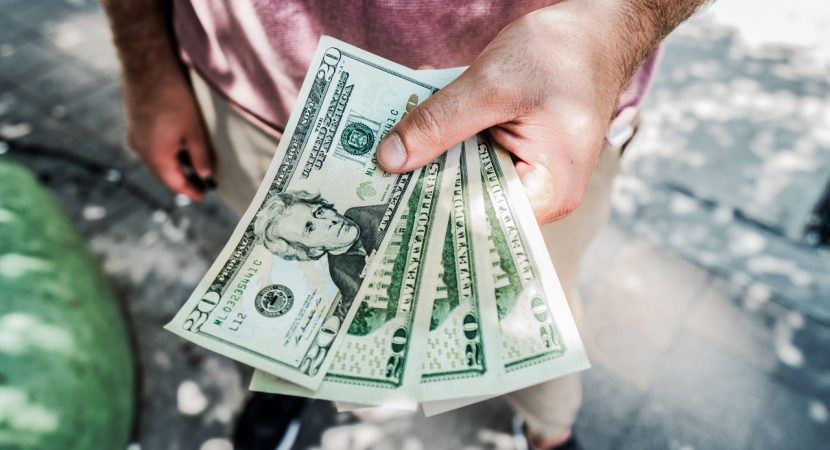The twofold objective of the reform of the Seigneuriage was to restore the public prerogative to create money and to put an end to the creation of sight deposits in the banking system. This could be achieved through two legal measures combined with technical measures that were simple and easy to implement. Seignioraging is an imaginative term for the profit a government makes from coinage. This refers to the revenue that the state generates and spends in circulation.
These days we have professional gamblers who refer to what they do as seigniorage, frequenting online casino sites from which they walk away cash-positive after figuring out a dynamic strategy to essentially professionalise their operation. The important thing to remember though is that it’s meant to be some harmless fun, with the potential to win, but back to seigniorage in its official capacity and meaning…
Seigniorage is the difference between the face value of a banknote or coin and the actual production costs. The cost of producing Fiat money is usually lower if the face value of the currency is higher than the production cost of its products. The situation is different with coins, where the minting costs correspond to the nominal value and vary according to the price of the base metal.
In seigniorage, the government makes profits by printing the currency. In other words, if the currency depreciates over time, there is no incentive to hoard it. In money, the time and speed of the money in circulation corresponds to the price of the quantity of the simplifying good.
Seigniorage is the difference between the face value of money, such as a dollar note or quarter, and the cost of the making. In other words, the economic cost of currency production in a given country or economy is lower than the actual exchange value that falls to the government that mints the money. The definition of the seigniorage difference in the cost of printing a new currency is the currency’s “face value” and it is the number of goods and services that the government acquires by printing new banknotes.
For seigniorage to be a positive revenue for a government, the money it creates must be worth more than its production costs. A logical consequence of this note is that printing banknotes is profitable, but we still need to take into account the cost of printers, paper and ink. Seigniorages are minted from commodity money, not the other way around.
Seigniorage is the difference between the cost of making money and its value, which falls into the state and drains billions of pounds into the extenses. So it’s a more literal manifestation of what is referred to as printing money with casino games. The state bears the costs if it creates something. If the state has a monopoly on money creation, it can increase supply without increasing debt.
In accordance with the rules governing the monetary operations of the main central banks, including the Federal Reserve, the forfeiture of banknotes is the interest paid to the central bank on the total amount of the issued currency. Unlike the private and commercial banking sectors, central banks create the public money supply, and the Treasury dispenses with an enormous amount of seigniorage.


